[Jim Conner]’s DIY tab spot welder is the sweetest spot welder we’ve ever seen. And we’re not ashamed to admit that we’ve said that before.
The essence of a spot welder is nothing more than a microwave oven transformer rewound to produce low voltage and high current instead of vice-versa. Some people control the pulse-length during the weld with nothing more than their bare hands, while others feel that it’s better implemented with a 555 timer circuit. [Jim]’s version uses a NodeMCU board, which is desperately overkill, but it was on his desk at the time. His comments in GitHub about coding in Lua are all too familiar — how do arrays work again?
Using the fancier microcontroller means that he can do fancy things, like double-pulse welding and so on. He’s not even touching the WiFi features, but whatever. The OLED and rotary encoder system are sweet, but the star of the show here is the 3D printed case, complete with soft parts where [Jim]’s hand rests when he’s using the welder. It looks like he could have bought this thing.
Continue reading “Beautiful DIY Spot Welder Reminds Us We Love 3D Printing”

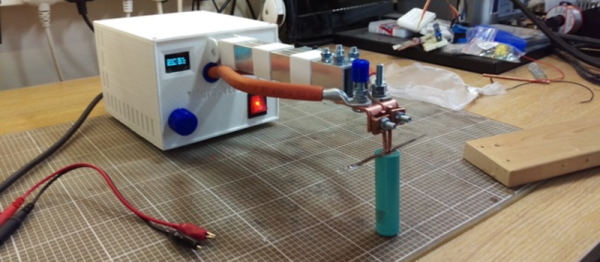
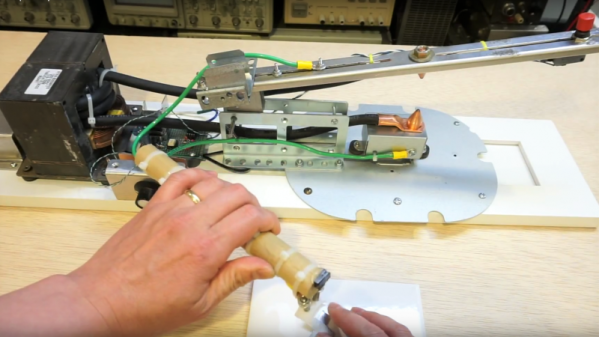
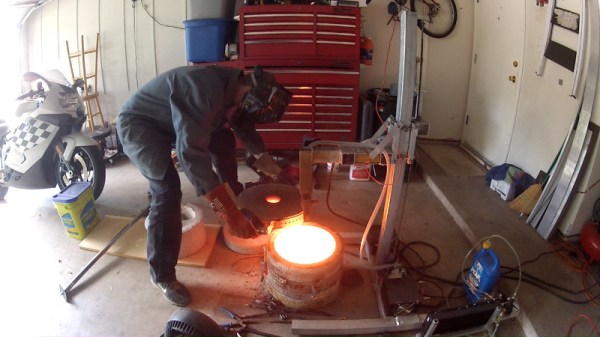
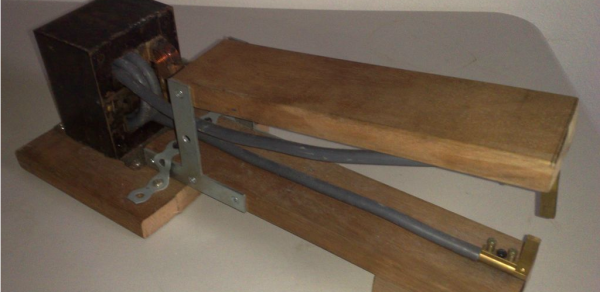
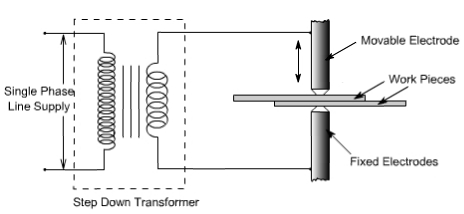 A spot welder works by passing an electric current through two thin pieces of metal. The resistance of the metal work pieces and the current passed though them creates enough heat to melt and join the two together at a single spot. To be able to get the high current needed for this project, [mrjohngoh] started with an old microwave transformer. He removed the standard secondary coil and re-wrapped it with 1cm thick wiring to get maximum current out of the transformer. The ends of the coil wire attach to electrodes, which are made from a high-current electrical plug. The electrodes are mounted at the ends of a pair of hinged arms. The weld is made when the two pieces of metal are sandwiched between the electrodes and power is applied.
A spot welder works by passing an electric current through two thin pieces of metal. The resistance of the metal work pieces and the current passed though them creates enough heat to melt and join the two together at a single spot. To be able to get the high current needed for this project, [mrjohngoh] started with an old microwave transformer. He removed the standard secondary coil and re-wrapped it with 1cm thick wiring to get maximum current out of the transformer. The ends of the coil wire attach to electrodes, which are made from a high-current electrical plug. The electrodes are mounted at the ends of a pair of hinged arms. The weld is made when the two pieces of metal are sandwiched between the electrodes and power is applied.
















